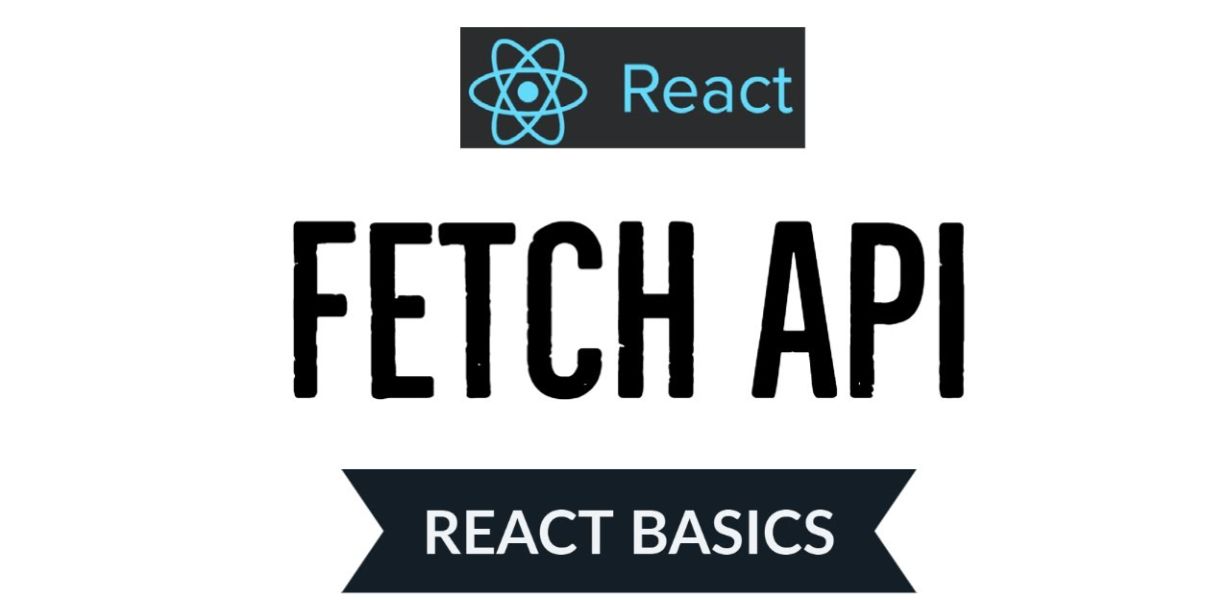
Supercharging Mobile Apps with Offline Capabilities: Exploring Fetch API’s Cache and Service Workers
- Post
- August 8, 2023
- Fetch API, Web APIs, Web Technologies
- 0 Comments
In the rapidly evolving landscape of mobile applications, user expectations have soared to new heights. In this blog, we delve into a powerful duo that can elevate your mobile app’s user experience to unprecedented levels: the Fetch API’s Cache and Service Workers. Whether you’re building a weather app, a messaging platform, or an e-commerce hub, harnessing the potential of offline capabilities can set your app apart from the competition.
Introduction: Enhancing Mobile App Experiences Beyond Online Boundaries
In today’s interconnected world, mobile apps have become indispensable tools, seamlessly integrating into users’ lives. However, persistent connectivity isn’t always guaranteed. Imagine a scenario where your users are navigating through your e-commerce app, only to be met with frustration due to a sudden loss of internet connectivity. This is where the magic of offline capabilities comes into play. By leveraging the Fetch API’s Cache and Service Workers, you can ensure that your app functions smoothly even when the internet connection wavers.
The Power of Fetch API: Caching Data for Seamless Offline Access
Understanding the Fetch API and Its Role The Fetch API, a modern web standard, is your gateway to making network requests in your app. It offers a flexible and efficient way to retrieve resources from the network, and by extension, empowers you to supercharge your mobile app with offline capabilities.
Cache API: Storing Data for Offline Usage At the heart of enabling offline capabilities lies the Cache API. This ingenious mechanism allows you to store app assets and data on the user’s device. By strategically caching resources, your app can continue to function seamlessly, even when the network is unresponsive. From images and stylesheets to JavaScript files, the Cache API offers granular control over what you cache.
Service Workers: The Silent Guardians of Offline Access Service Workers are JavaScript files that run in the background, acting as intermediaries between your app and the network. They intercept network requests, allowing you to decide whether to serve cached data or fetch fresh content. This not only facilitates offline access but also enhances app loading times, transforming the user experience.
Harnessing Offline Capabilities: Implementation and Best Practices
Implementing Cache and Service Workers Integrating offline capabilities into your mobile app might seem daunting, but the process is remarkably rewarding. Begin by registering a Service Worker in your app’s main script. Once registered, the Service Worker can start controlling aspects of your app’s navigation and resource retrieval. Implement caching strategies based on user behavior and app requirements, ensuring that essential assets are available offline.
Offline-First Design: A Paradigm Shift Shifting your design philosophy to an “offline-first” approach can lead to remarkable user experiences. Imagine users accessing their saved articles or messages during a long flight or a subway ride. With an offline-first design, your app seamlessly transitions between online and offline modes, eliminating interruptions and frustration.
Optimizing Performance: Balancing Cache and Freshness
Striking the Perfect Balance While caching empowers offline access, it’s crucial to strike a balance between serving cached content and fetching fresh data. Update your cached resources periodically to ensure that users receive the latest information. Service Workers allow you to manage this balance efficiently, enriching user experiences without compromising on accuracy.
Final Words: Embrace Offline Excellence for Unmatched User Delight
In a world where connectivity remains unpredictable, providing users with uninterrupted app experiences is a game-changer. By embracing the Fetch API’s Cache and Service Workers, you equip your mobile app with the power to excel even in offline scenarios. Elevate your app’s user experience, foster user loyalty, and lead the way in crafting mobile apps that transcend online limitations.
Commonly Asked Questions
Q1: How does the Fetch API improve offline access in mobile apps?
The Fetch API enables apps to retrieve resources from the network efficiently. By leveraging its caching capabilities, apps can store essential assets locally, allowing users to access content seamlessly even without an internet connection.
Q2: What role do Service Workers play in offline capabilities?
Service Workers act as intermediaries between apps and the network. They intercept network requests, enabling apps to serve cached content when offline and fetch fresh data when online. This dynamic interaction ensures a smooth user experience in varying connectivity conditions.
Q3: Can offline capabilities be incorporated into any type of mobile app?
Absolutely. Whether you’re developing a news aggregator, social platform, or productivity app, integrating offline capabilities through the Fetch API’s Cache and Service Workers can enhance user satisfaction and engagement across diverse app genres.
Q4: How can I optimize offline performance without sacrificing data accuracy?
Balancing cache freshness and data accuracy is vital. Employ strategies like periodically updating cached content and managing cache expiration times. This way, users receive up-to-date information while benefiting from the speed and reliability of cached assets.
Q5: Are there any drawbacks to using offline capabilities?
While offline capabilities offer incredible advantages, they come with considerations. Over-caching large assets can occupy device storage, and striking the right balance between cached content and fresh data requires careful planning. However, the benefits far outweigh these potential challenges.




